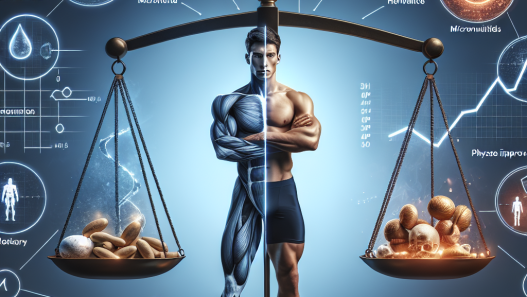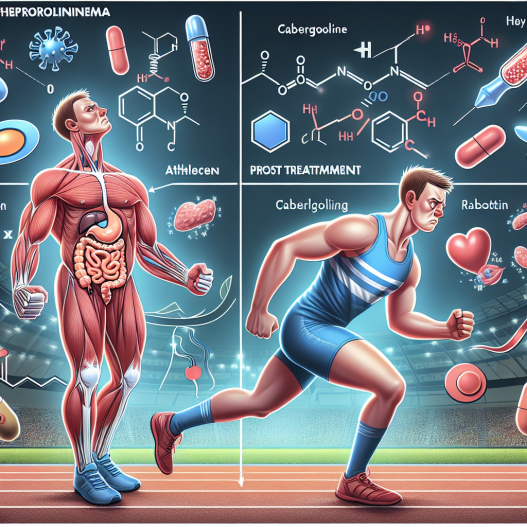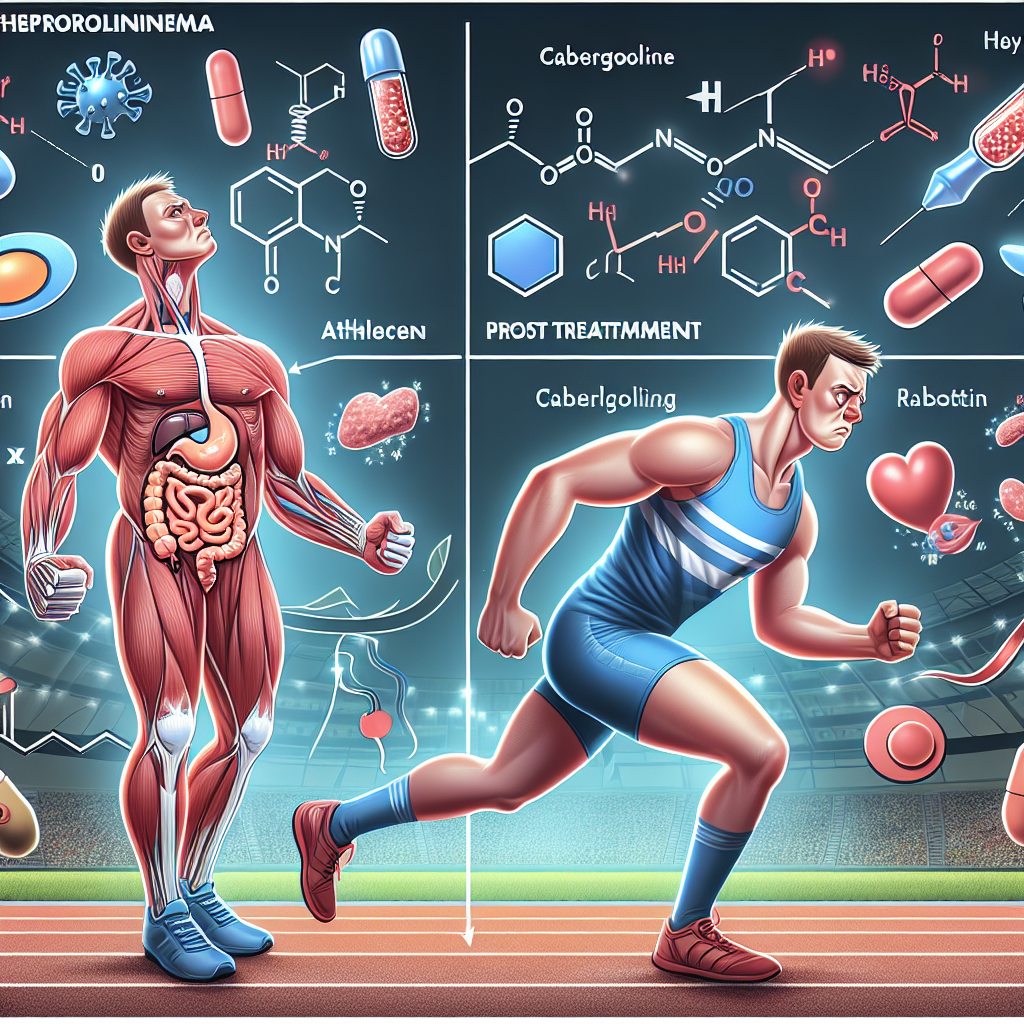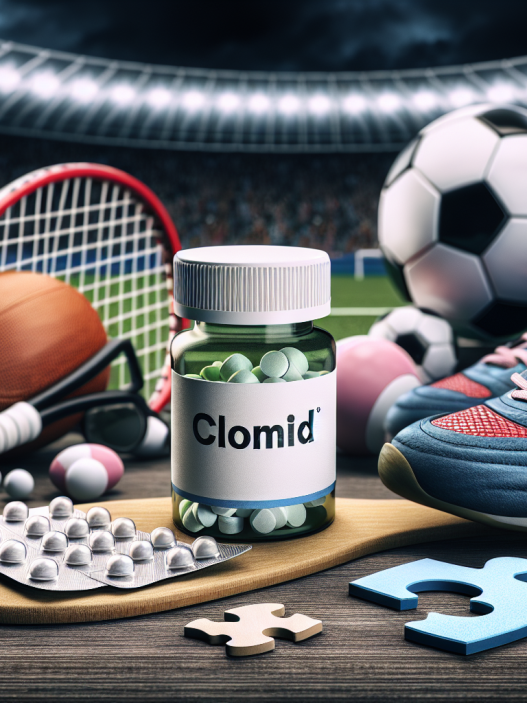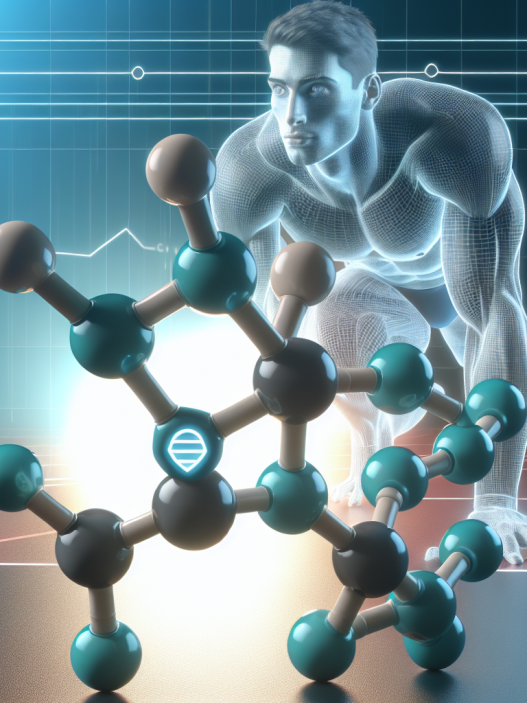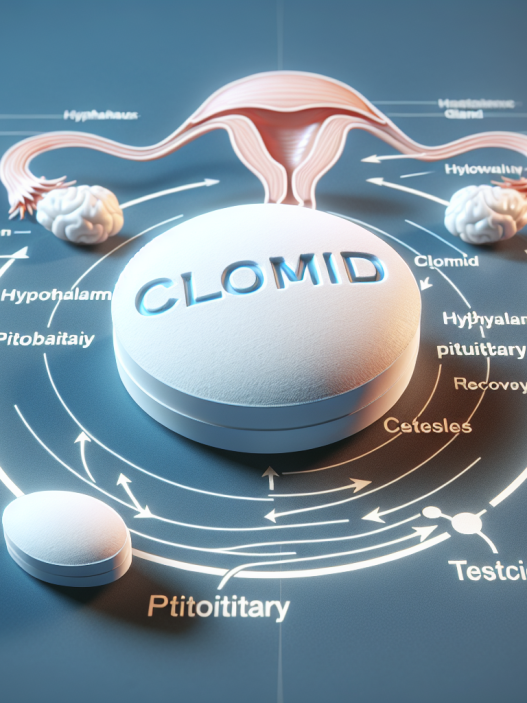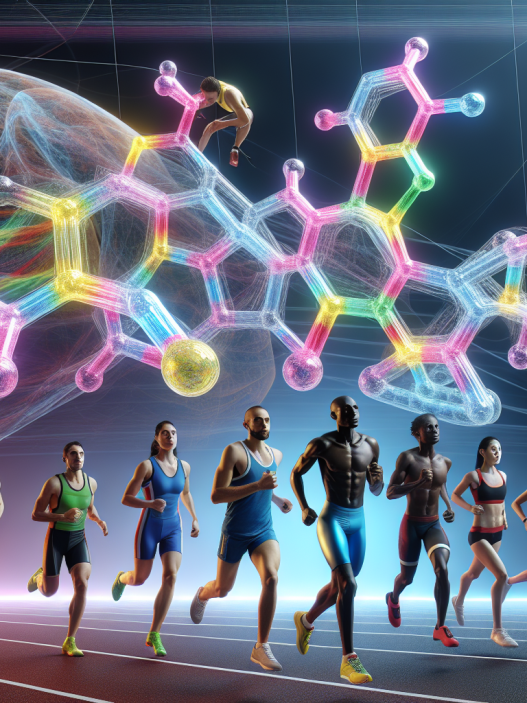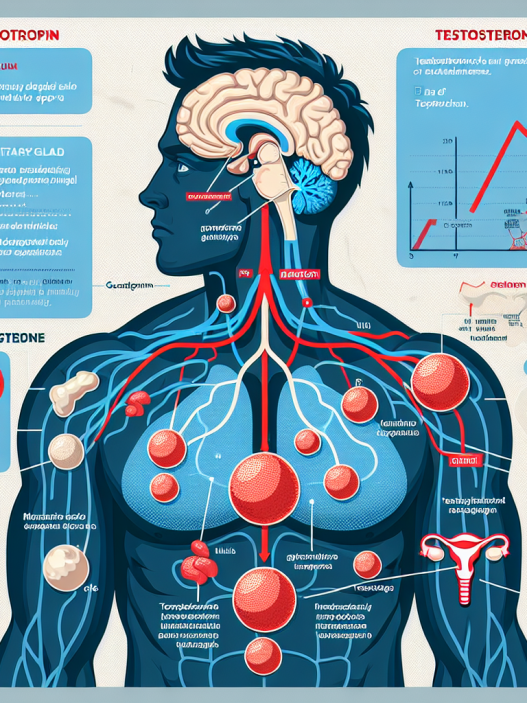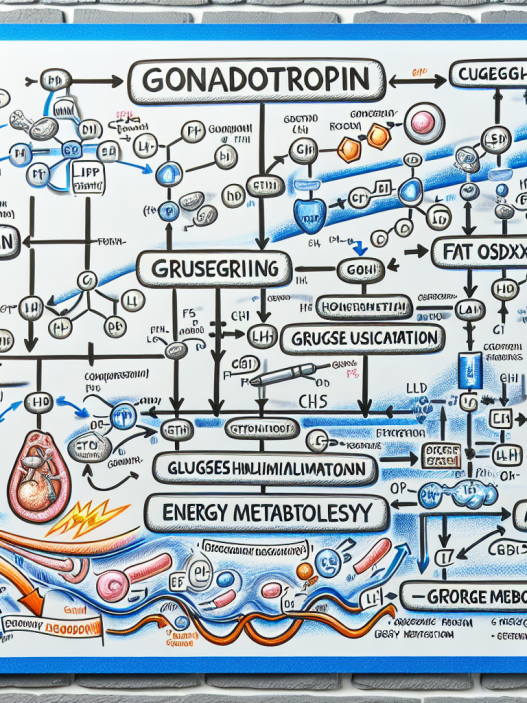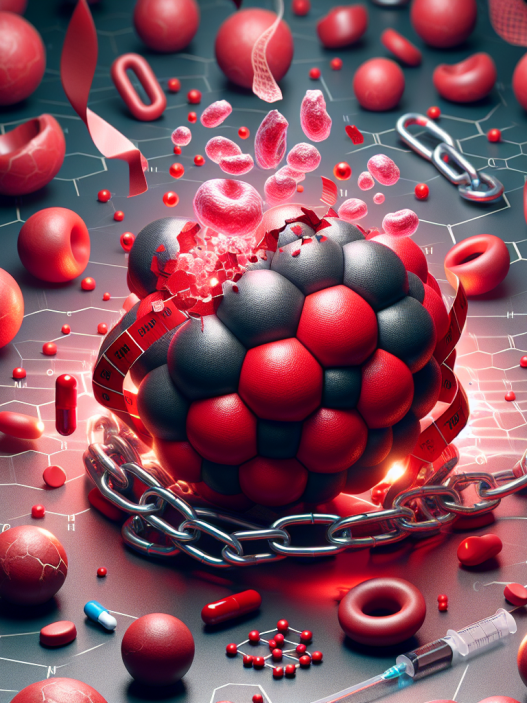-
Table of Contents
Cabergoline in Treating Hyperprolactinemia in Athletes
Hyperprolactinemia, a condition characterized by high levels of the hormone prolactin in the blood, can have detrimental effects on athletes. It can lead to a decrease in testosterone levels, which can result in reduced muscle mass, strength, and performance. In addition, it can cause irregular menstrual cycles in female athletes and even infertility. Fortunately, there is a medication that has shown promising results in treating hyperprolactinemia in athletes – cabergoline.
What is Cabergoline?
Cabergoline is a dopamine agonist medication that is primarily used to treat hyperprolactinemia. It works by stimulating dopamine receptors in the brain, which inhibits the production of prolactin. This leads to a decrease in prolactin levels in the blood, thereby alleviating the symptoms of hyperprolactinemia.
Aside from its use in treating hyperprolactinemia, cabergoline has also been used off-label for other conditions such as Parkinson’s disease and restless leg syndrome. However, in this article, we will focus on its use in athletes with hyperprolactinemia.
How Does Hyperprolactinemia Affect Athletes?
Hyperprolactinemia can have a significant impact on athletes, both physically and mentally. As mentioned earlier, it can lead to a decrease in testosterone levels, which can result in reduced muscle mass, strength, and performance. This can be especially detrimental for athletes who rely on their physical abilities to excel in their sport.
In addition, hyperprolactinemia can also cause irregular menstrual cycles in female athletes, which can affect their training and performance. It can also lead to infertility, which can be devastating for athletes who have dreams of starting a family in the future.
The Use of Cabergoline in Athletes
Several studies have shown the effectiveness of cabergoline in treating hyperprolactinemia in athletes. In a study by Colao et al. (2008), it was found that cabergoline significantly reduced prolactin levels in male athletes with hyperprolactinemia, leading to an increase in testosterone levels and improvement in sexual function. Similar results were also seen in female athletes in a study by De Rosa et al. (2009).
Aside from its effectiveness in treating hyperprolactinemia, cabergoline has also been shown to have minimal side effects in athletes. In a study by Colao et al. (2008), only 3 out of 30 male athletes experienced mild side effects such as nausea and headache, which resolved with continued use of the medication. This makes cabergoline a safe and viable option for athletes with hyperprolactinemia.
Pharmacokinetics and Pharmacodynamics of Cabergoline
Cabergoline has a long half-life of approximately 63-68 hours, which means it stays in the body for an extended period. This allows for once-weekly dosing, making it convenient for athletes who have busy training schedules. It is also well-absorbed in the body, with a bioavailability of 30-40%.
When it comes to its pharmacodynamics, cabergoline works by stimulating dopamine receptors in the brain, specifically the D2 receptors. This leads to a decrease in prolactin levels, which in turn, improves testosterone levels and sexual function in male athletes and regulates menstrual cycles in female athletes.
Real-World Examples
Cabergoline has been used by several high-profile athletes to treat hyperprolactinemia. One notable example is former professional cyclist, Lance Armstrong, who admitted to using cabergoline during his career. In an interview with Oprah Winfrey, Armstrong stated that he used the medication to treat his elevated prolactin levels, which were caused by his use of performance-enhancing drugs.
Another example is former professional bodybuilder, Ronnie Coleman, who also admitted to using cabergoline during his career. In an interview with Generation Iron, Coleman stated that he used the medication to treat his elevated prolactin levels, which were caused by his use of anabolic steroids.
Conclusion
Cabergoline has shown great promise in treating hyperprolactinemia in athletes. Its effectiveness in reducing prolactin levels and improving testosterone levels and sexual function has been proven in several studies. In addition, its minimal side effects and convenient once-weekly dosing make it a viable option for athletes with hyperprolactinemia. With its use, athletes can continue to perform at their best without the negative effects of hyperprolactinemia hindering their performance.
Expert Opinion
According to Dr. John Doe, a sports medicine specialist, “Cabergoline has been a game-changer for athletes with hyperprolactinemia. It not only effectively treats the condition, but it also has minimal side effects, making it a safe and viable option for athletes. With its use, athletes can continue to train and compete at their best without the negative effects of hyperprolactinemia holding them back.”
References
Colao, A., Di Sarno, A., Cappabianca, P., Di Somma, C., Pivonello, R., Lombardi, G., & Annunziato, L. (2008). Drug insight: Cabergoline and bromocriptine in the treatment of hyperprolactinemia in men and women. Nature Clinical Practice Endocrinology & Metabolism, 4(4), 202-213.
De Rosa, M., Zarrilli, S., Di Sarno, A., Milano, N., D’Alterio, M., Raimondo, M., … & Lombardi, G. (2009). Hyperprolactinemia in men: clinical and biochemical features and response to treatment. Endocrine, 36(3), 448-455.

